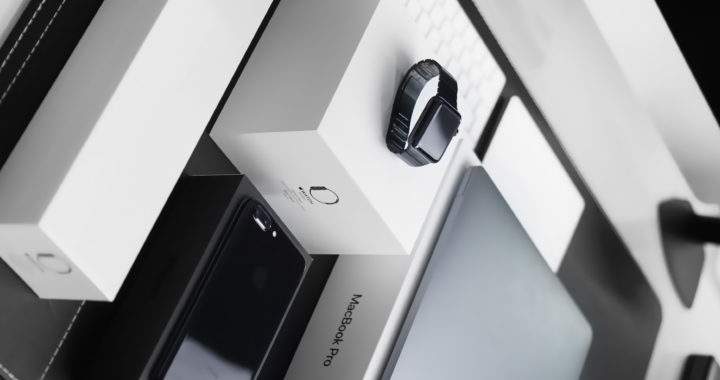Design is critical to the product strategy and overall marketing strategy of Apple. Its design choices have not only reinforced its overall brand image and the value proposition of its products but have also made it an iconic brand. Furthermore, aside from aesthetics, the company approaches design with functionality and value in mind. Apple products like the MacBook and iPhone or software or applications like iOS and Apple Music not only exude a sense of class and sophistication but also provide a delightful user experience. This article explores the key principles in the design philosophy of Apple.
Key Principles in the Design Philosophy of Apple
It is important to underscore the fact that design is one of the key considerations in the product strategy of Apple and an important element that is factored across its entire marketing mix. Take note of the following design principles of the company:
• Simple and Minimalist: The look and feel of its hardware and software products are clean and uncluttered. Apple is a premium brand and it reinforces this branding through a straightforward design that emanates beauty and elegance. The simple and minimalist design principles attract customers and allow its products to attain free mileage. The same principles are also utilized across its entire product portfolio.
• Focus on User Experience: Apple also designs its products to be functional and intuitive. The specific human-centric approach makes its products easy to use and understand. Focusing on user experience also requires using a simple and minimalist design. This also helps in attracting and retaining customers or in encouraging them to purchase additional Apple products.
• Attention To Details: It is also important to note that Apple is known for its meticulous attention to detail in both hardware and software design. Every aspect is carefully considered to create a cohesive and polished user experience. This involves selecting the most suitable materials and designing and animating icons on operating systems. Apple ensures that all design elements and choices make sense.
• Product Ecosystem Uniformity: Remember that the simple and minimalist design philosophy of Apple is utilized across all of its products. It needs to ensure that the products in its entire product ecosystem have a uniform look and feel to create a consistent user experience and avoid alienating tenured Apple customers and users who want to use products that are familiar and have a short learning curve.
• Technological Integration: The company also ensures that the features and benefits from tech are well-integrated into its products. Examples include the placement of cameras, biometrics sensors like the Face ID, and speakers. It also uses the latest tech in its design considerations to make its products more functional and appealing. The use of laminated screens in iPad Pro and MacBook devices is an example.
• Product Longevity: Another important principle in the design philosophy of Apple is durability. It uses materials that can help prolong the lifespan of its product while promoting the safety of its users. The company has also recently been intentional in making its hardware products more repairable and recyclable as part of its overall supply chain strategy and corporate social responsibility strategy.
• Marketing Coherence: Furthermore, as regards promotional activities such as advertisements and events or the configuration of its distribution channels like its physical retail stores from third parties and online storefront coursed via its official website, it uses the same design principles to create a look and feel that is coherent to the look and feel of its products and the entire brand.
• Environmental Considerations: Apple is committed to protecting the environment and promoting sustainability. Hence, as part of its corporate social responsibility or CSR strategy, the company has taken into consideration parts recoverability and usability, recyclability, and longevity in the design of its products. It has been reintroducing and using recovered and upcycled materials in its production input.
The aforesaid design principles have helped Apple create iconic products. Furthermore, based on the above, its overall design philosophy revolves around minimalist aesthetics, user-centric functionality, and the addition of value.





